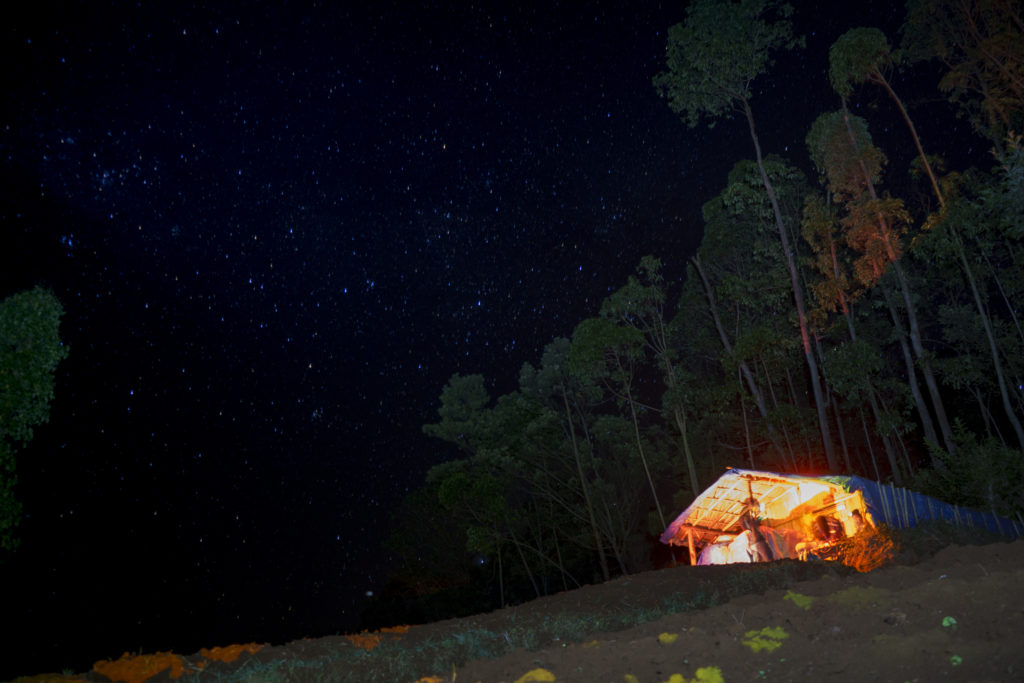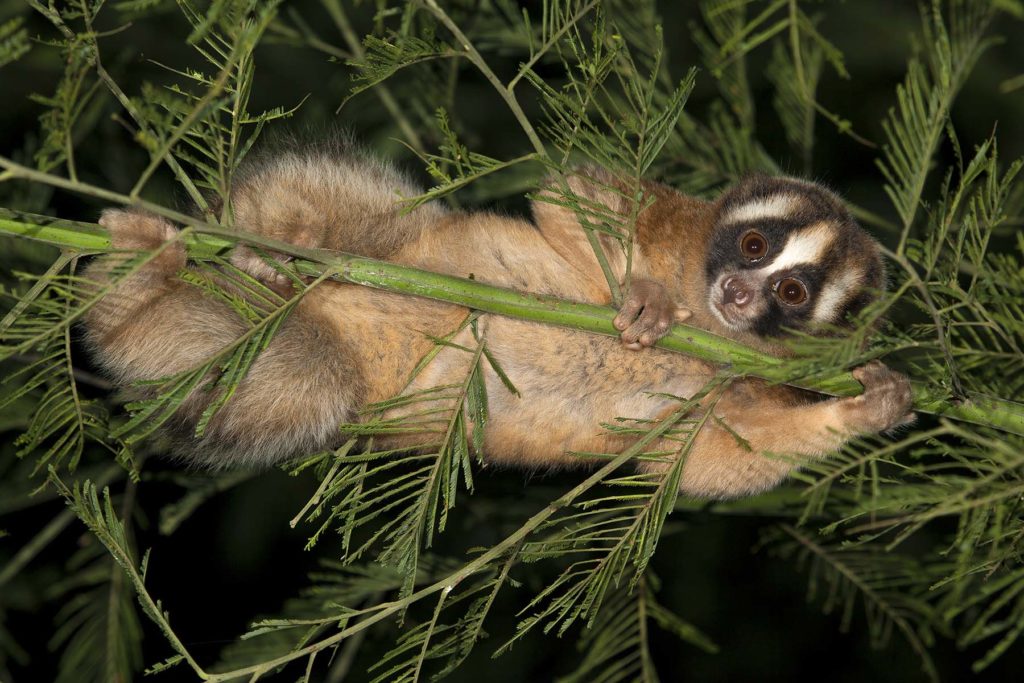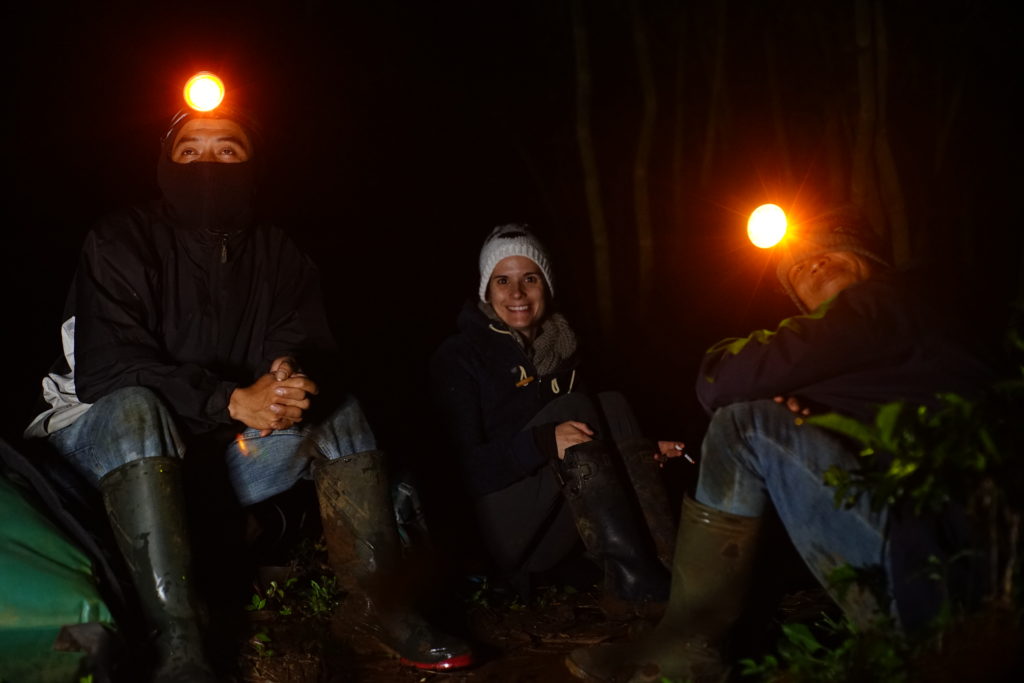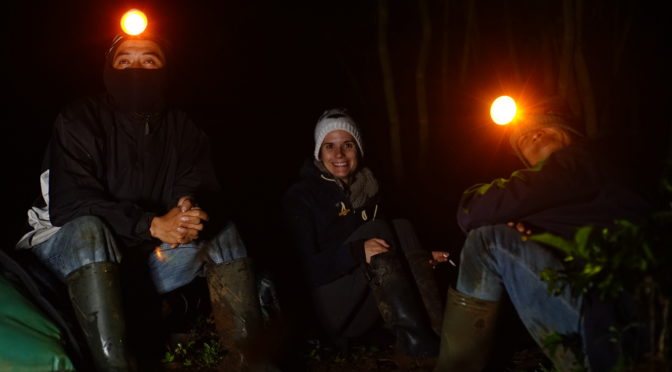Hi , I am Helmi as volunteer here. Today I would like to share my experience about taking pictures in the night. As a volunteer, we are not only able to do the normal schedule. In the free time or weekend, we can do our hobbies, or try something new here. Like hiking, gardening, playing with children and many more.

Stargazing in the cold night
Lot of people live in cities, including I am. We live in the place where the light is common. We use the lamp for our gardens, buildings, roads, and decorations. So, light is something like we can’t replace it. But in another way, we can call it a light pollution.
In the cities, light pollution will block the light from the stars. We can only see few star and planets. We can’t see meteor showers, dim stars, or milky way. But here, I can see them! Even though the light pollution still remains.
Lights to the animal
The light pollution not only give impact to human, but also the animal as well . Some nocturnal animal activity influenced by light (moonlight as natural light in the night). Did you see insect attracted by the light? Or some animal run away when we direct the light to them? That’s why the light is not a simple issue for animal.

Javan slow loris is a lunarphobic animal, they will reduce their activity during the bright night. Even when we observe them, we can’t use the white lamp. Because they will disturbed by the light. So, that’s why we use the ‘red filter’ to change the white light into the red light. So they will not disturbed. HELMI


